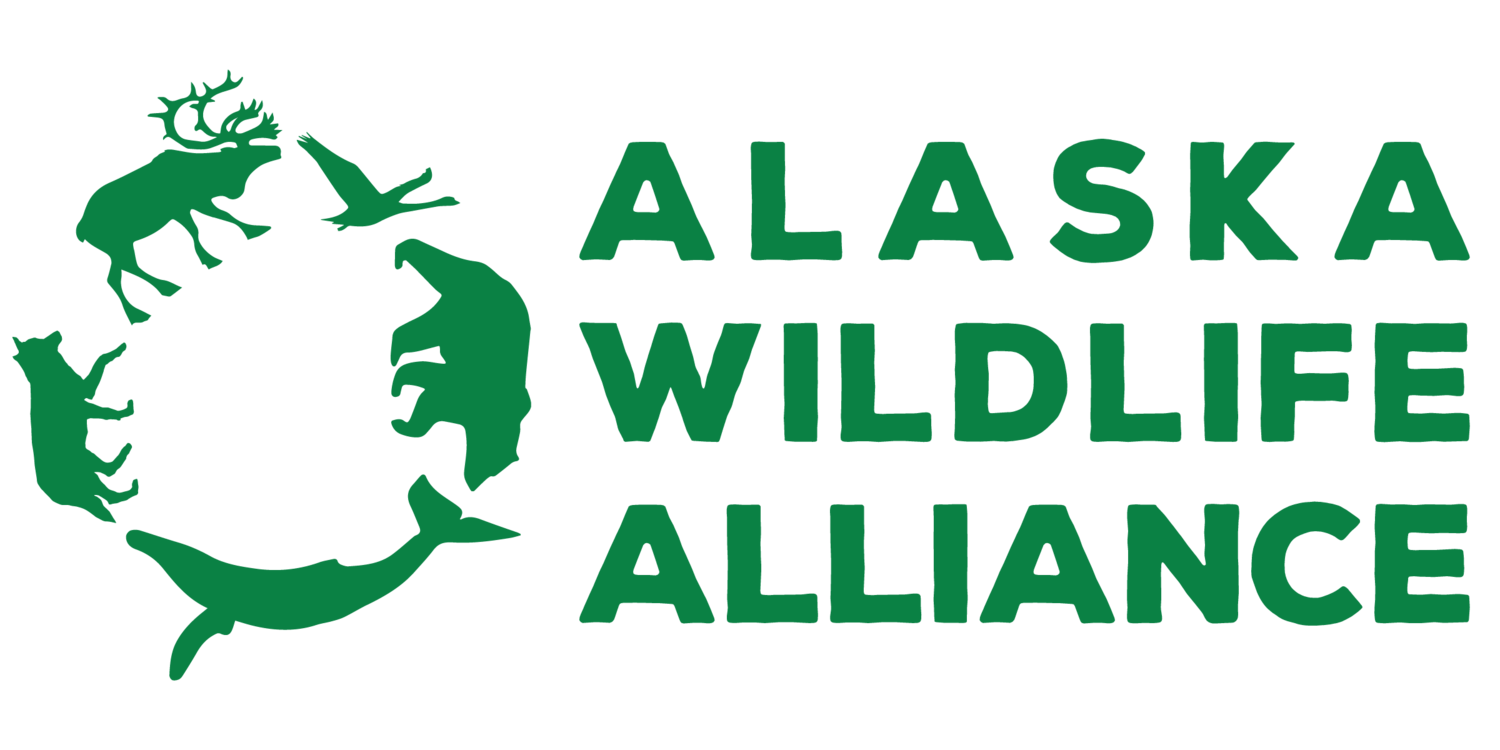Due to the sheer size and remoteness of Alaska, the status of most nongame wildlife is largely unknown. To fill these information gaps, the Alaska Department of Fish and Game (ADFG) collaborates and partners with local, state, and federal agencies to maintain diverse and healthy wildlife populations. With input from these groups of fish and wildlife specialists, ADFG reviews and revises the Alaska Statewide Wildlife Action Plan (SWAP) to plan for the next ten years of wildlife conservation.
The Alaska Statewide Wildlife Action Plan (SWAP) is Alaska’s blueprint for conserving fish and wildlife species and their habitats, ideally before they become imperiled. It’s a requirement under the U.S. Fish and Wildlife Service’s State Wildlife Grants (SWG) Program, and it helps guide how conservation dollars are prioritized and spent.
The SWAP is important because it shapes long-term conservation strategies across the state and, importantly, not for game species which have their own sources of funding. Alaska’s SWAP covers a variety of taxa considered Species of Greatest Conservation Need (SGCN), many of which are under-documented or under-prioritized in current land and resource management. The SWAP is also one of the few, maybe only, state-level plans that integrates biodiversity goals in a single framework.
There was a 30-day comment period on the draft of the 2025 SWAP. Because the SWAP directly intersects with many of AWA’s long-term conservation priorities, including climate resilience, habitat restoration, and protection of underrepresented species, we submitted extensive comments as a constructive way to engage with the state on shared goals.
The main takeaways from our comments include:
Climate change is included in the SWAP as a stressor, but there’s still room for a more integrated approach to climate resilience. There’s a huge opportunity to bring in additional science, scenario planning, and on-the-ground experience to strengthen strategies across species groups.
Data gaps and habitat modeling present a clear opportunity for collaborative innovation from NGOs and other orgs across the state.
Community engagement is key to making the SWAP actionable. Funding might be uncertain but the stressors impacting SGCN are clear. Community-based science will be a huge part of getting the SWAP actions implemented.
Check out the full draft of the 2025 SWAP below!


